cover photo by Gianluca Tomarchio Vasta
 The information about this location have been automatically translated with Microsoft Translator. The information about this location have been automatically translated with Microsoft Translator. Rank : 10.0 (average on 4 votes)Coordinates : -7.444858,34.731789 ( Open in Google Maps) Subjects : All classic savannah. There is no rhino (only remained in northern Tanzania). Fairly easy Leopard and Cheetah. In addition you will also be photographed hundreds (no exaggeration) of bird species for the presence of rivers and dry (but there is a few inches below the water and elephants to dig it out for them and then for others) that with water. To get an idea followed these two links http://ruahanationalpark.weebly.com/bird-checklist.html http://ruahanationalpark.weebly.com/bird-checklist.html Crucially many species can be much closer (even few meters).Recommended equipment : Enough with a 300mm multiplier for almost anything. Bring a wide angle for the unforgettable views, sunrises and sunsets. I (APSC camera, then the appropriate considerations on the magnification if you have a full frame) I had a multiplier of 7.1, which allowed me to get to 500mm (about 35) and I have never felt the need of another, even for quadrupeds often by 300 was just too much and I mounted a 18-200 that I always behind on the road because Comfortable and light. All Nikon :-) except wide angle Sigma 8-16 (superb). Forget macro and tripod, practically useless.Best months : Definitely go in the dry season that is perfect going from June to September. All animals near water. The daytime temperature is not very hot (26 degrees max - we are in a plateau at about 1000 meters) and the air is dry, so it's nice. In the evening and in the morning it is very easy to serve something heavier on him.How to get there : The Ruaha National Park although not very large has two streep landing in different areas. The airline is the Coastal (small planes to 13 seats max absolutely reliable and safe and well organized although at first you might think the opposite because they have, for various reasons, an organization completely different from those we are used to). I stayed near the bed of the river dry Mdonia. Mdonia Old River Camp (see visits). You can also opt to rent a car with driver-guide in Dar El Salaam and Arusha, but do not recommend it because it does not save much waste time traveling and especially not Make the most of local guides well-versed (read requests).Visits : Stay out of the reserve and get daily does not make sense because of the lack of accommodation outside. You should book a tented camp or a lodge. Prices, however, and of course all inclusive (only around you, if you can, buy some prey pride of lions), including also the safari. Every day you leave for the game drive (jeep). Field guides are exceptional and are able to see the animals in places where you start you will not see anything even after you have indicated where to look. I do not mean of course the vast majority of animals that you can always see around (often you have to choose what to watch and photograph the various options simultaneously), you risk even at times would end up on ... An adult leopard there we found on the head when we stopped under a tree, for example. Or, at least a couple of times appeared out in 2 to 3 feet of elephants trumpeting against us in a bad way, we stopped and they slowly calmed down and back away. I've been to Mdonia Old River Camp http://www.adventurecampstz.com/mdonyaoldrivercamp.htm and it was unforgettable (do not recommend the lodge to higher prices and less integrated with the environment - read notes). The field in question has the tendency toward the dry riverbed Mdonia and ... (See notes).Notes : The first note is that the costs are very high, a little 'less North but little. I highly recommend in the dry season coupled Selous Game Reserve (see the destination of Juza) - Ruaha National Park instead of the most famous parks in the North unless your trip does not have as its primary purpose the wildebeest migration and / or for you is a fundamental trekking on Kilimanjaro. There is simply no comparison. I try to explain why. Ngorongoro, Serengeti, etc. are extraordinary and places, at least the Ngorongoro unique. In the north you will see just about anything, but the amount of tourists and jeep is awesome. During the months of crowding (July-August) but sometimes also in other months will not be able to stay with the animals themselves. Often the jeeps are dozens (even several dozen), you have to wait your turn, you have a few minutes of proximity to the animal and then you will have to give way to others. In the Selous and Ruaha I met in 6 days total (3 +3) dozens of times lions, leopards and three times once a cheetah (to speak of the most popular, while others do not count the matches) and only once have was with another jeep with the lions. Once the jeep were five or six, but because it had been reported a bunch of wild dogs (not easy to find) and jeep had come from afar, and even in this case, however, after 15 minutes we could be alone with the pack. I leave you to the considerations. But not enough staying in tented camps diving you will experience is unique. Around the tent's all. Bird-watching amazing from the porch of the tent not only with binoculars or a telephoto lens, but to the naked eye (a bird comes up to a meter of you and I speak of beautiful multicolored species). You will see and hear the verses of tremendous impala males who scornano. The night lions and hyenas are competing for prey within a few hundred meters from the tents (do not worry there are always the Masai to control the situation). | | Nearby:  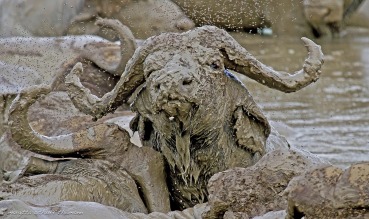 Mikumi National Park 265 km
  Selous Game Reserve 366 km
 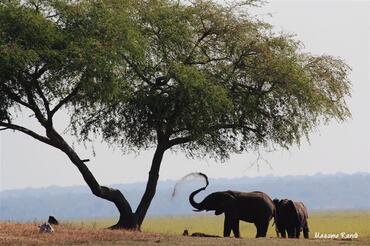 Katavi National Park 399 km
 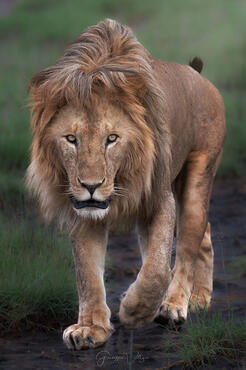 Tarangire National Park 408 km
 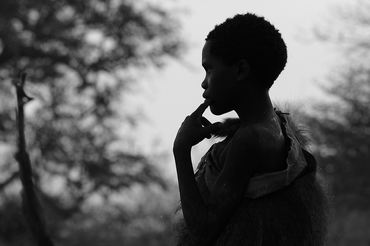 Lake Eyasi 427 km
 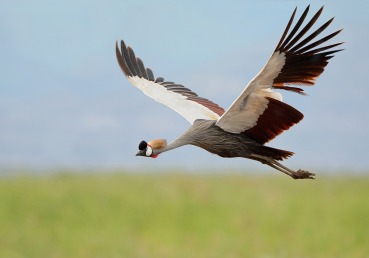 Lake Manyara National Park 455 km
|

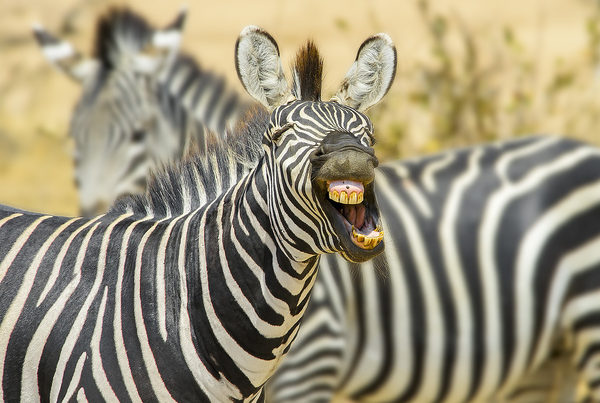


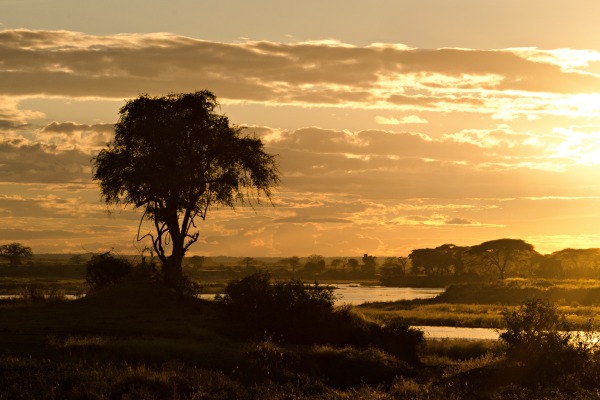
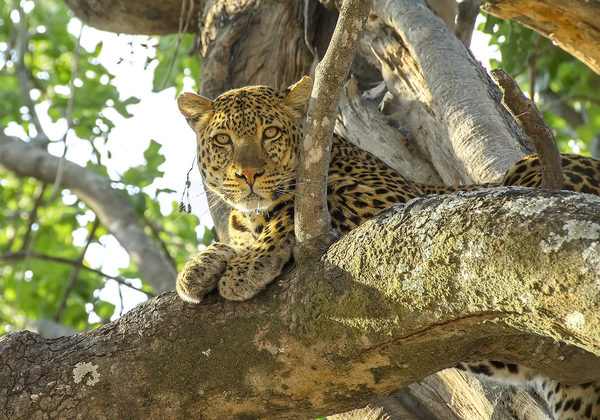
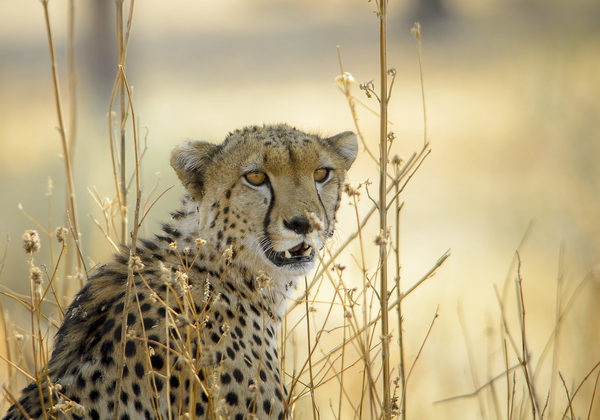
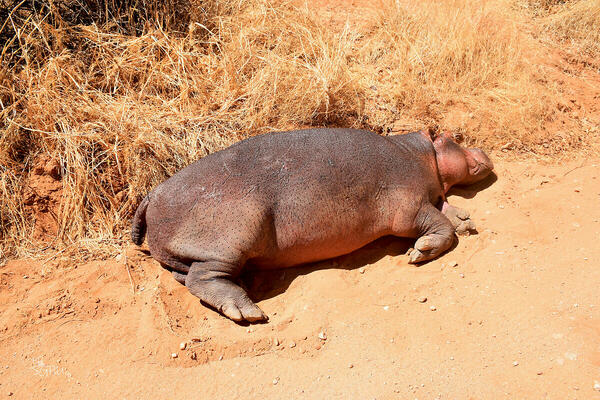
![[retina]](shared_files/layout/retina_badge.jpg)
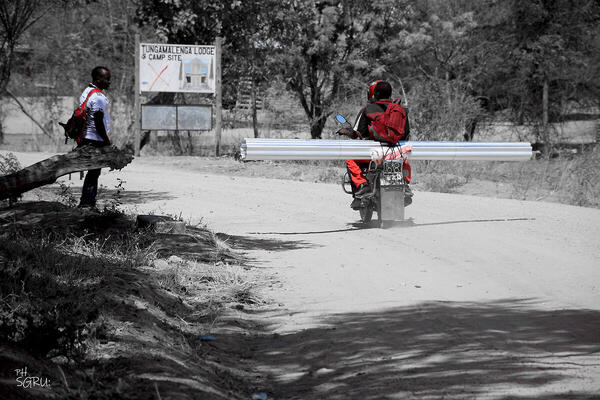
![[retina]](shared_files/layout/retina_badge.jpg)
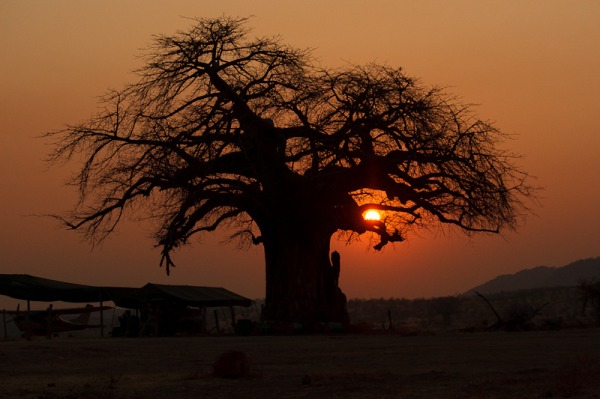
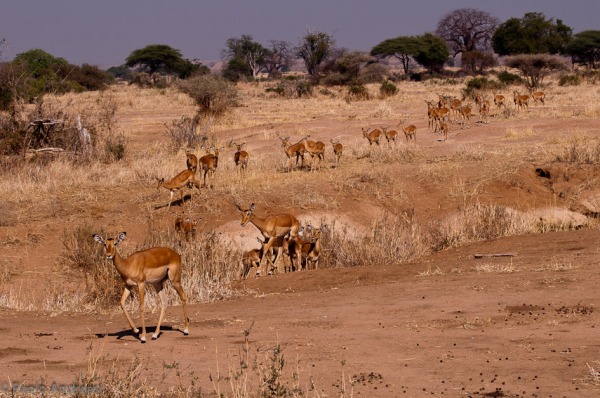
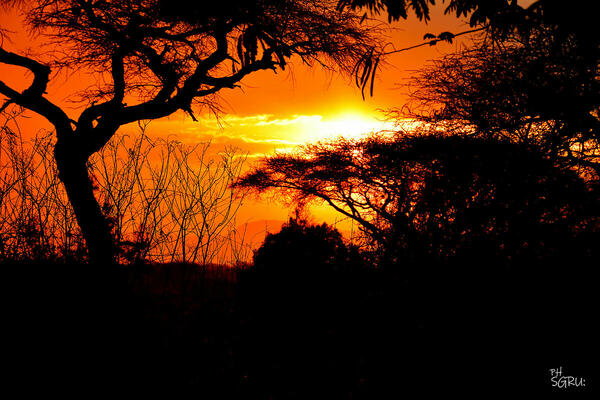
![[retina]](shared_files/layout/retina_badge.jpg)
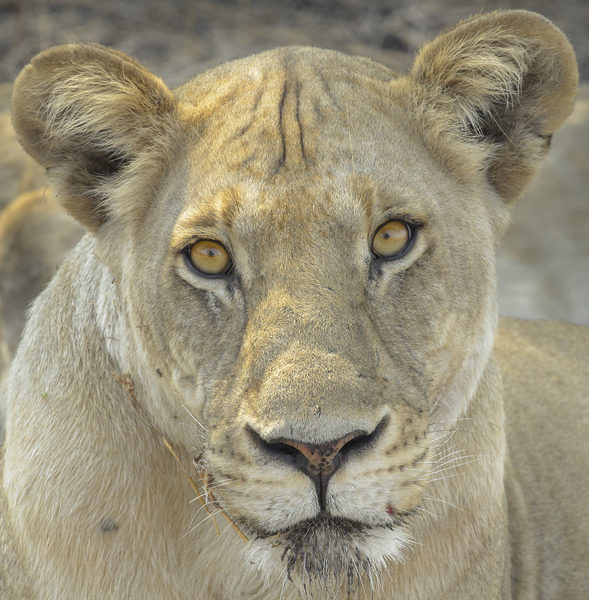
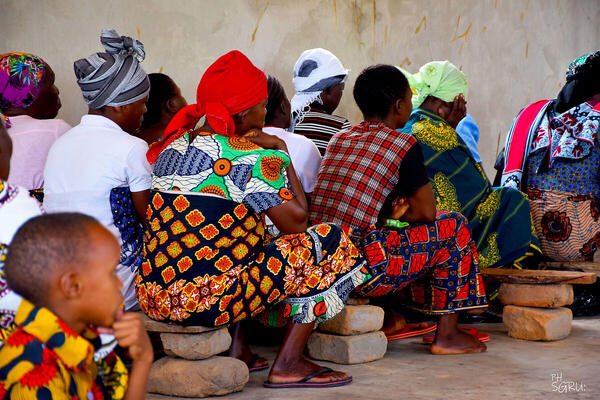
![[retina]](shared_files/layout/retina_badge.jpg)
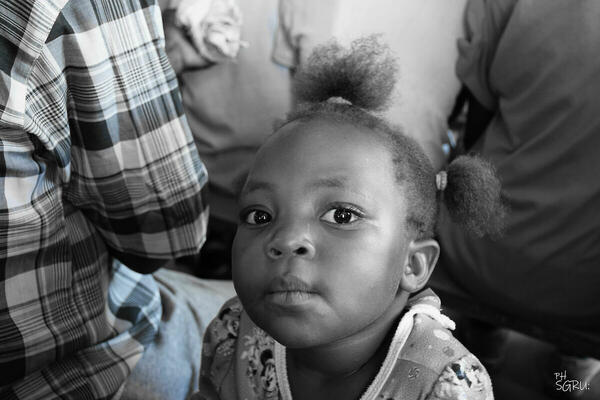
![[retina]](shared_files/layout/retina_badge.jpg)
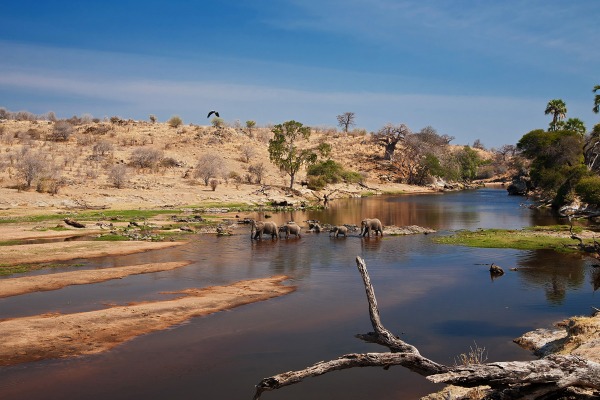
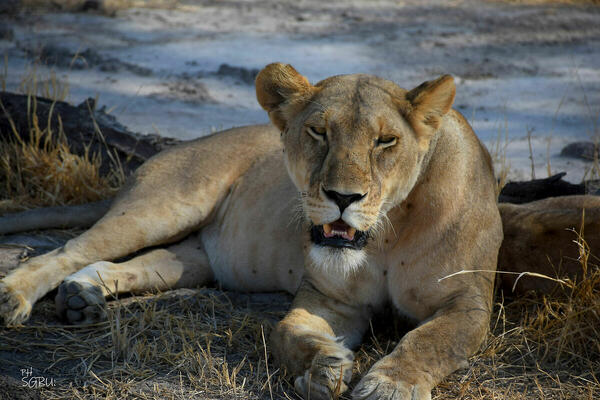
![[retina]](shared_files/layout/retina_badge.jpg)
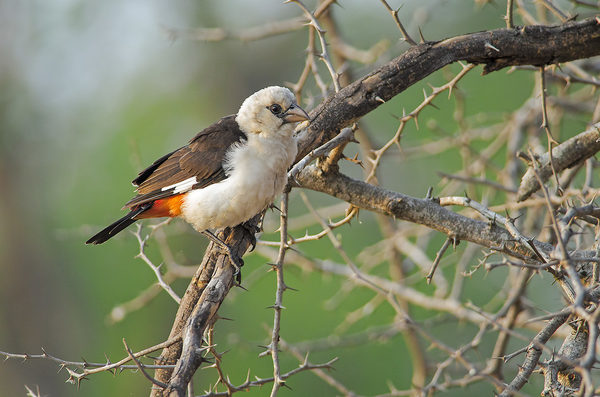
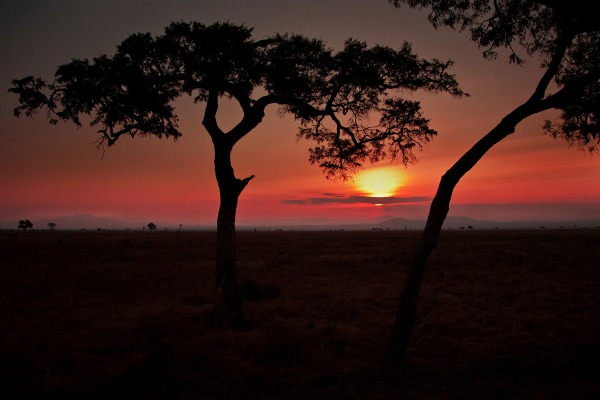
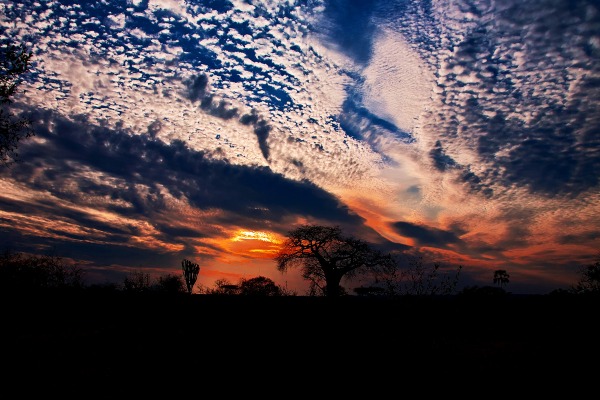

![[retina]](shared_files/layout/retina_badge.jpg)
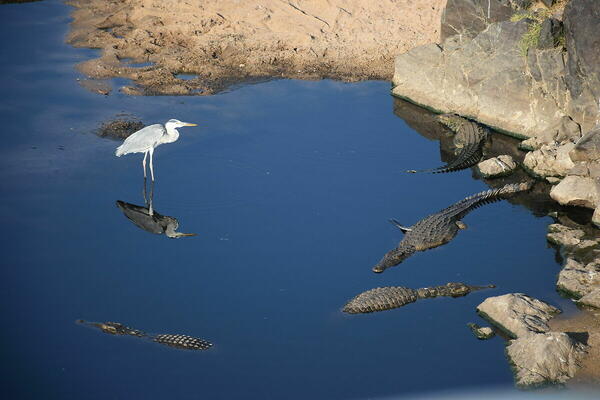
![[retina]](shared_files/layout/retina_badge.jpg)
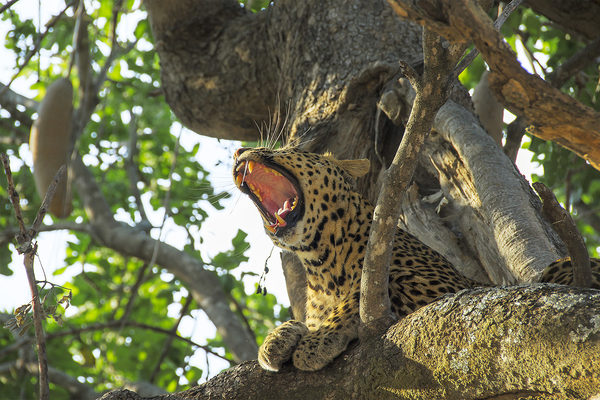
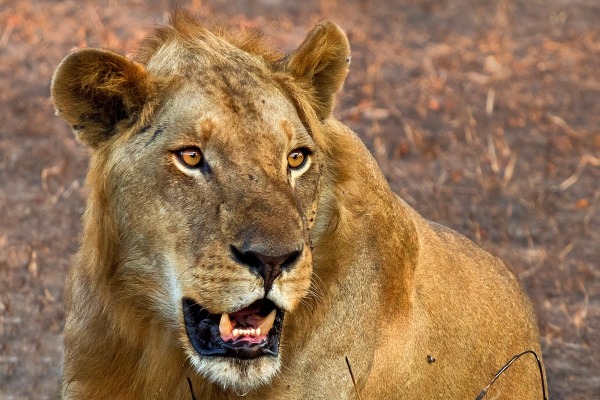
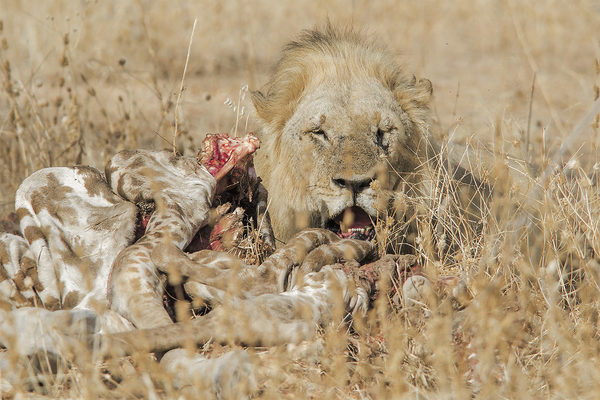

![[retina]](shared_files/layout/retina_badge.jpg)
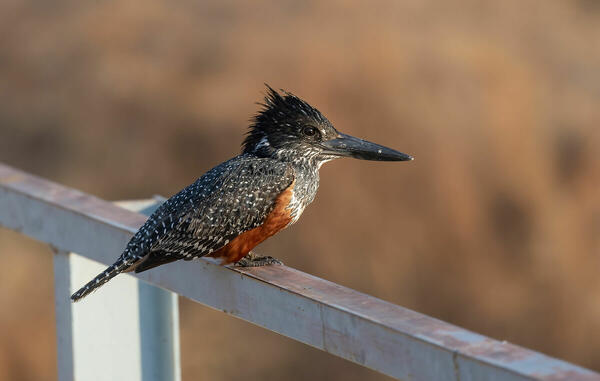
![[retina]](shared_files/layout/retina_badge.jpg)
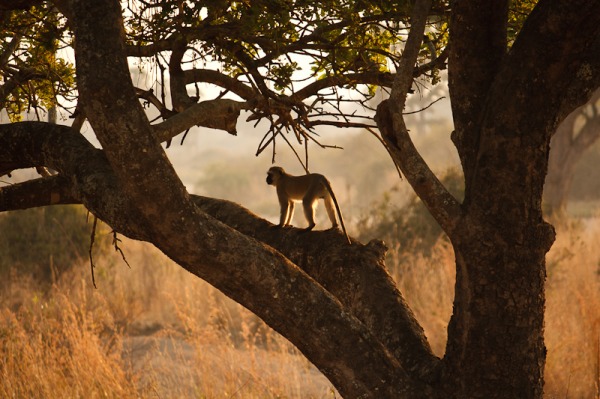
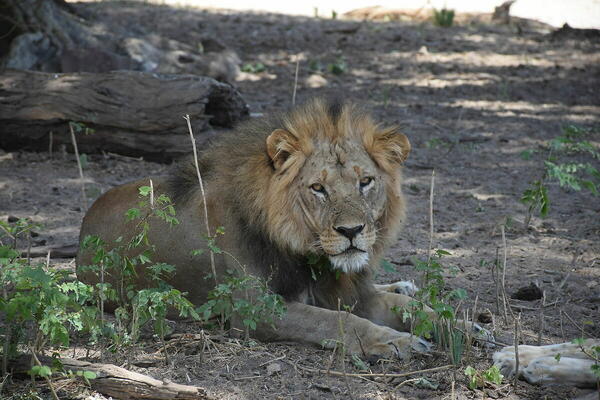
![[retina]](shared_files/layout/retina_badge.jpg)
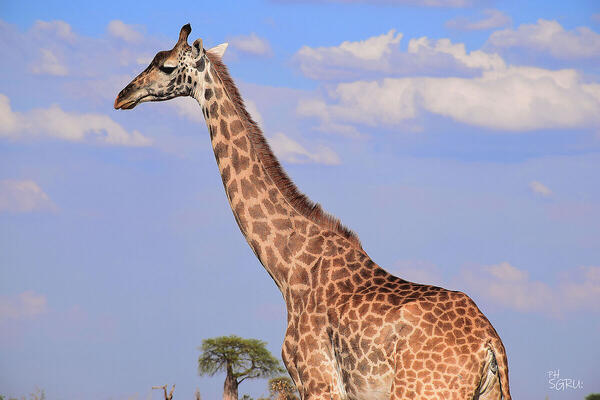
![[retina]](shared_files/layout/retina_badge.jpg)
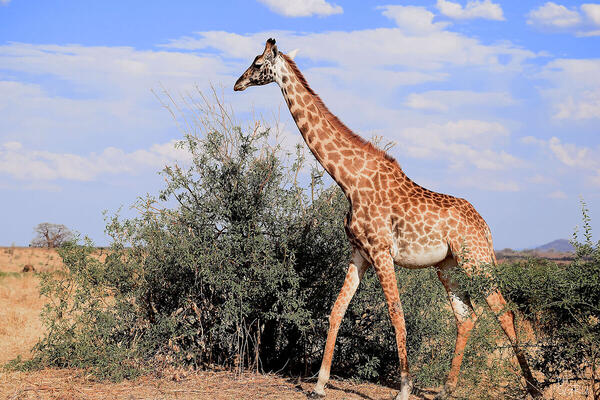
![[retina]](shared_files/layout/retina_badge.jpg)
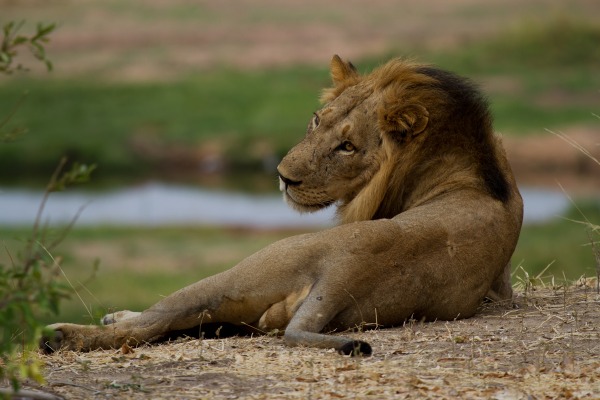
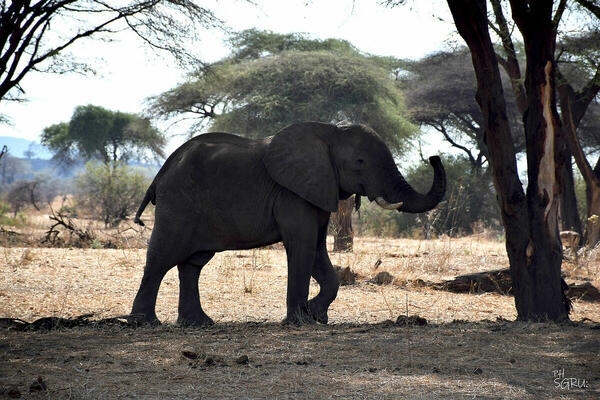
![[retina]](shared_files/layout/retina_badge.jpg)
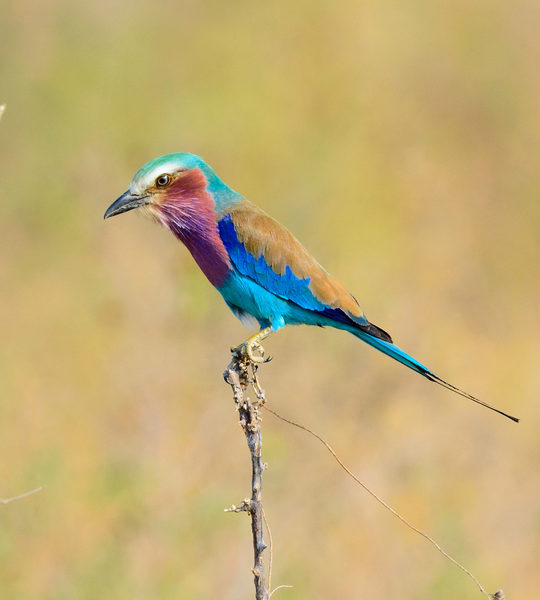
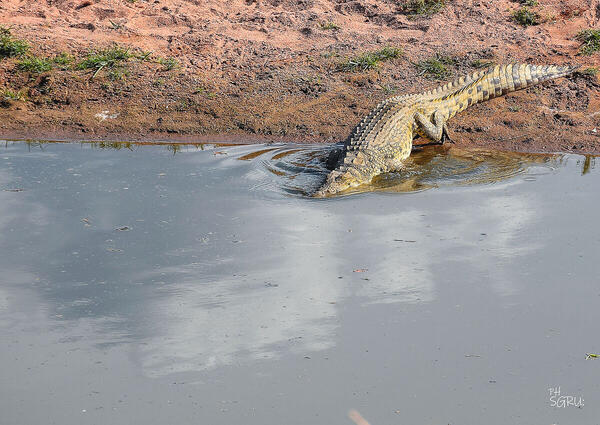
![[retina]](shared_files/layout/retina_badge.jpg)
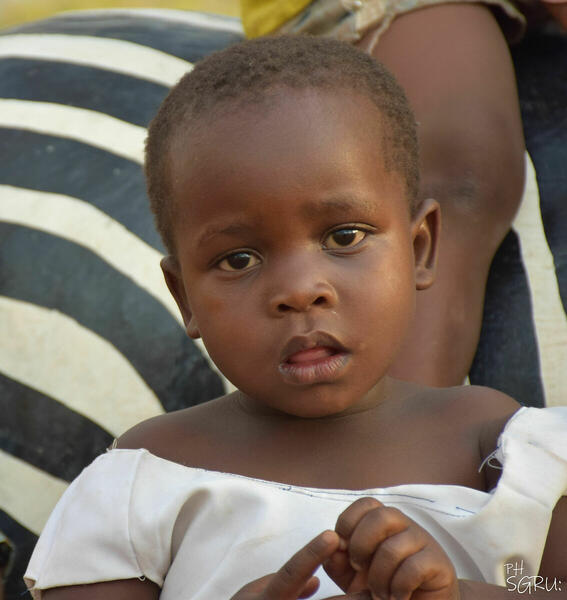
![[retina]](shared_files/layout/retina_badge.jpg)

![[retina]](shared_files/layout/retina_badge.jpg)
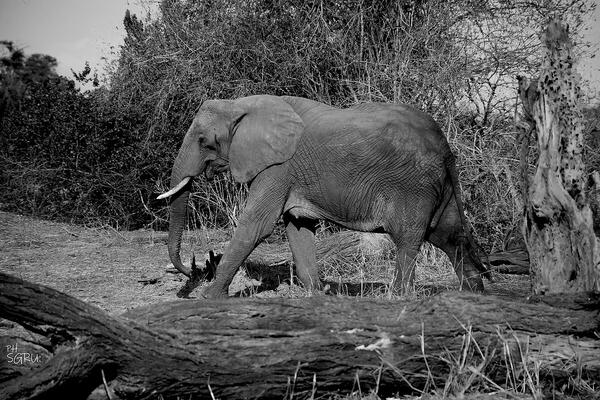
![[retina]](shared_files/layout/retina_badge.jpg)
 JuzaPhoto contains affiliate links from Amazon and Ebay and JuzaPhoto earn a commission in case of purchase through affiliate links.
JuzaPhoto contains affiliate links from Amazon and Ebay and JuzaPhoto earn a commission in case of purchase through affiliate links.